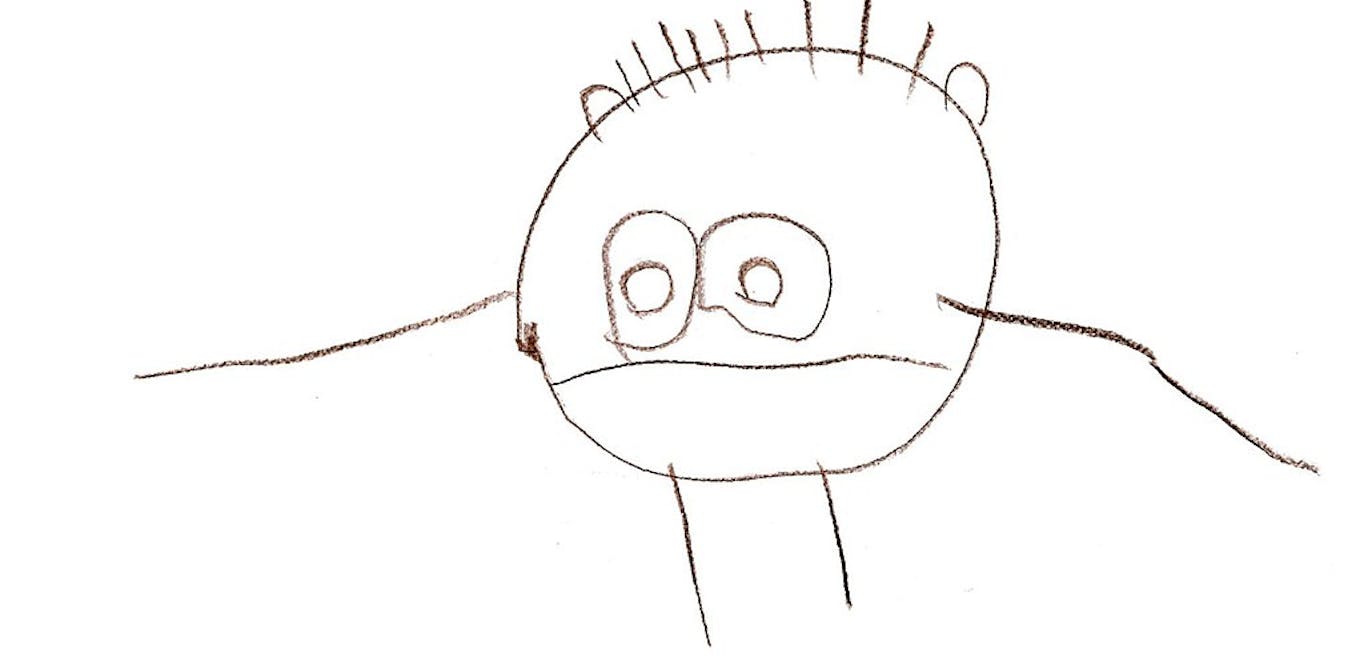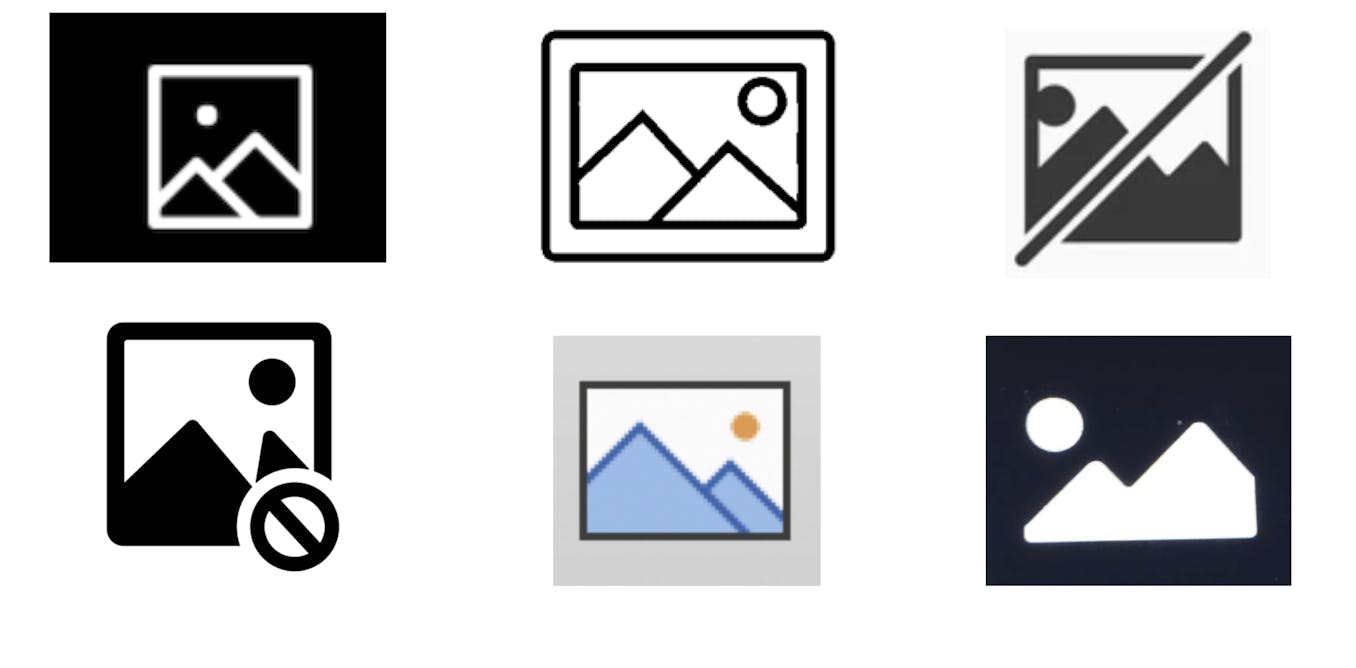Generative AI tools such as ChatGPT and Midjourney can produce text, images and videos far more quickly than any one person can accomplish by hand.
But as someone who studies the societal impacts of AI, I’ve noticed an interesting trade-off: The technology can certainly save time, but it does so precisely to the extent that the user is willing to surrender control over the final product.
For this reason, generative AI is probably most useful for things we care about the least.
Ceding creative control
Let’s use the example of AI image generators. You probably have a rough idea of how they work. Just type what you want – “a panda surfing,” “a piece of toast that is also a car” – and the generative tool draws it.
But this glosses over the countless possible iterations of the desired image.
Will the image appear as a watercolor painting or a pencil sketch? How lifelike will the panda be? How big is the wave? Is the toast-car parked or moving? Is there anyone inside of it?
When the images are generated, these questions have been answered – but not by the user. Rather, the generative AI tool has “decided.”
Of course, the user can be more specific: Imitate the style of Monet. Make the wave twice the height of the panda. Maybe the panda should look worried, since it isn’t used to surfing.
You can also pop open an image editor and modify the output yourself, down to the individual pixel. But, of course, drafting detailed instructions and revising the image take time, effort and skill. Generative AI promises to lighten the load. But as every manager knows, exercising control is work.
The devil is in the details
In all art and expression, power lies in the details.
In great paintings, not every brushstroke is planned – but each is carefully considered and accepted. And its overall effect on the viewer depends on all those considered brushstrokes together.
Filmmakers shoot take after take of the same scene, each subtly or radically different. Only a small fraction of that footage makes it into the final cut – the fraction that the editors feel does the job best. Great artists use their judgment to ensure every detail helps to achieve the effect they want.
Of course, there’s nothing new about putting someone else in charge of the details. People are used to delegating authority – even about matters of expression – to marketers, speechwriters, social media managers and the like.
Generative AI makes a new sort of contractor available. It’s always on call, and in certain ways it is very technically competent.
But compared with skilled humans, it has a limited ability to understand what you want. Moreover, it lacks intention, contemplation and the comprehensive mastery of detail that yield great expressive achievements – or even the comprehensive idiosyncrasy that spawns very unique ones.
Ask ChatGPT for a film script, plus casting and shooting instructions. It will give you neither Francis Ford Coppola’s masterpiece “The Godfather” nor Tommy Wiseau’s bizarre “The Room.”
You could, perhaps, approach a masterpiece, or a true oddity. But to do so, you’d have to exercise more and more time, more and more effort, and more and more control.
An era of ‘cheap speech’
What generative AI makes possible, above all, is low-effort, low-control expression.
In the time I took to write and revise this article, I could have used ChatGPT to generate 200 grammatically correct, well-structured articles, and then I could have posted them online without even reading them. I wouldn’t have had to carefully parse each word and decide whether it really helped me make my point. I wouldn’t have even had to decide whether I agreed with any of the AI-generated write-ups.
This is not a merely hypothetical example. Low-quality, AI-generated e-books of ambiguous provenance are already making their way into online vendors’ catalogs – and into the libraries those vendors serve.
Similarly, using image generators, I could now flood the internet with superficially appealing images, dedicating only a fraction of a second to decide whether any of them express what I want them to express or achieve what I want them to achieve.
But in doing so, I would not just be skipping over drudgery. Writing, drawing and painting are not just labor but processes of considering, reviewing and deciding exactly what I want to put out into the world. By skipping over those processes, I surrender that decision-making process to the AI tool.
Some scholars argue that the internet has produced an era of “cheap speech.” People no longer have to invest a lot of resources – nor even face the judgment of their neighbors – to broadcast whatever they want to the world.
With generative AI, expression is even cheaper. You don’t even have to make things yourself to put them out into the world. For the first time in human history, the ability to produce writing, art and expression has been decoupled from the necessity of actually paying attention to what you’re making or saying.
C.J. Burton/The Image Bank via Getty Images
When intention and effort matter
I suspect that great art, journalism and scholarship will still demand great attention and effort. Some of that effort may even include custom-developing AI tools tailored to an individual artist’s concerns.
But unless people become much better at curation, great work will be increasingly difficult to locate amid the flood of low-effort content, which is also known as “AI slop.”
It’s appropriate that generative AI becomes more useful the sloppier its users are willing to be – that is, the less they care about the details.
I could end with some dire prognosis – that working artists and writers will be replaced with mediocre automation, that online discourse will get even stupider, that people will isolate themselves in personalized cocoons of AI-generated media.
All these things are possible. But it’s probably more useful to offer a suggestion to you, the reader.
When you need an image or a piece of writing, take a moment to decide: How important are the details? Would the process of making this yourself, or working with a collaborator or contractor, be useful? Would it yield a better output, or give me the chance to learn, or begin or strengthen a relationship, or help you reflect on something important to you?
In short, is it worth putting in real care and effort? The answer will not always be yes. But it often will.
Art, writing, films – these are not just products, but acts. They are things humans make, through a process of thousands of little decisions that encompass what we stand for and what we want to say.
So when it comes to art, expression and argument, if you want it done right, it’s probably still best to do it yourself.

The post “Generative AI is most useful for the things we care about the least” by John P. Nelson, Postdoctoral Research Fellow in Ethics and Societal Implications of Artificial Intelligence, Georgia Institute of Technology was published on 02/25/2025 by theconversation.com

































Leave a Reply